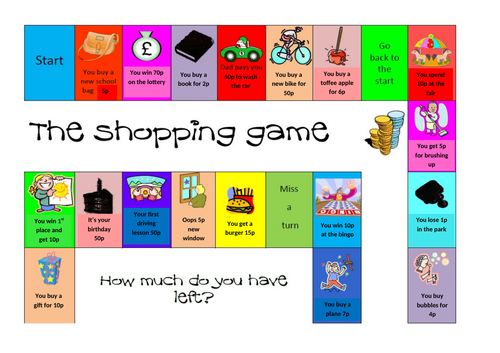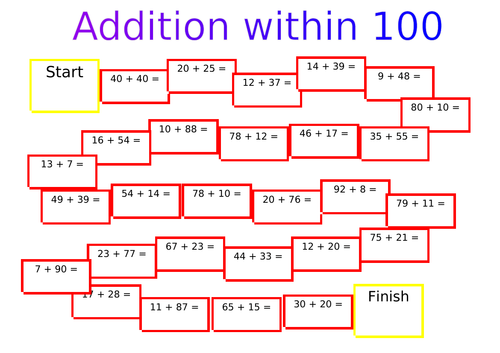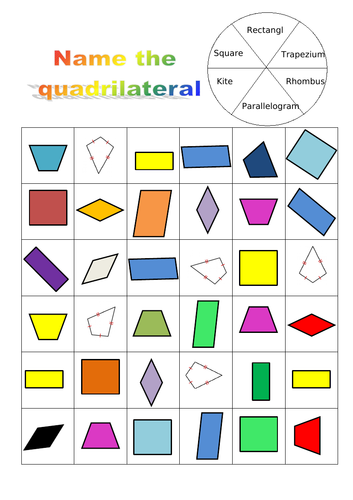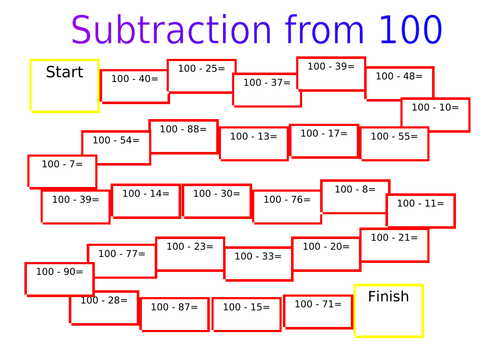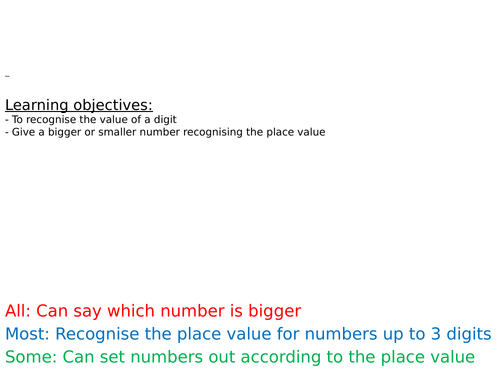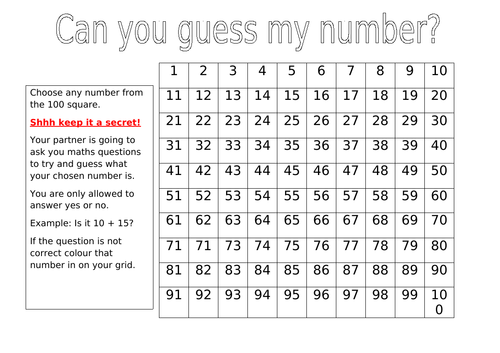
41Uploads
13k+Views
497Downloads
Mathematics

Shopping money game - Coin recognition
Game to be played in a small group - great for learning and understand money for a variety of ages and also a fabulous resource to encourage coin recognition.
Game can either be played with plastic coins or real money for a chidlren’s money box or spare change jar. Each player will start with £1.
The game involves counting money through giving and receiving. All players must start on the start square; when it is your turn you will roll a di and move the amount of spaces on the game board. You must read what the square says and follow the instruction e.g. you spend 10p at the fair; if you land of this square you would count out 10p through coin recognition and give the money to a player of your choice.
The person at the end of the game with the most amount of money will win.

Name the shape game
A great game to begin to learn the name of basic 2D and 3D shapes.
Students will need to follow the the game board; they will roll a di and which ever number it lands on this is how many squares they will move. Once they have rolled and moved their counter they will need to name the shape. If you get the name correct you can stay on this square, if you incorrectly name the shape you must go back to the square you can from.
Interact game to be played in a small group at school or a family game to play at home - a fun maths game!

Addition within 100 game
Learning objectives:
Using and applying addition knowledge for TU + TU
This board game is a perfect game for a range of students due to the levels of differentiation which can be used:
Students use a number line
Students use a calculator
Students to use a 100 square
Students to use column addition methods
Great game for primary school or SEN students. Students to be working in partners or in a small group. Can also be used for interventions.
Each player takes it in turns to roll the dice and move along the board. When they land on a number the question must be answered; students can answer the questions in a variety of ways according to their personal attainment (see differentiation above)

Name and recognise the quadrilateral game
Students to work in small groups or with partners to play the game. The game focuses on a range of different quadrilateral shapes (shapes with 4 sides); Students to either roll the di or use a spinner on the spinning wheel at the top, if using a di the spinning wheel at the top will need labelled with the numbers 1-6.
Students will either roll their di or spin a spinner and which ever shape name it lands on they will then cover this with a counter.
For example:
If the spinner lands on rectangle the student will need to look for the shape which is a rectangle and cover this over.
If there if no more rectangles available then the students would not cover a shape. Once all shapes are covered the student which covered the most shapes wins the game.

Subtraction from 100
Learning objectives:
Using and applying subtraction knowledge from 100
This board game is a perfect game for a range of students due to the levels of differentiation which can be used:
Students use a number line
Students use a calculator
Students to use a 100 square
Students to use column subtraction methods
Great game for primary school or SEN students. Students to be working in partners or in a small group. Can also be used for interventions.
Each player takes it in turns to roll the dice and move along the board. When they land on a square the question must be answered; students can answer the questions in a variety of ways according to their personal attainment (see differentiation above)

Addition Dienes rod lesson
Power point lesson plan including all the learning objectives and outcomes for different ability groups.
To recognise the value of a digit using Dienes rods
Explain how a number is bigger or smaller by recognising the place value
Can be used as a whole group or intervention group.
Resources needing Dienes Rods.
Slide - What is in the bag?
Is a independent activity where students choose a bag, in each bag there will be a different number of tens and units.
Students to count the amount and record these into their maths book or sheet.

Can you guess my number?
Can use this game for all ranges of Maths. Additon, subtraction, multiplication and division.
Great for mental calculations as well as written methods.
Mastery by using and applying knowledge at the end of a topic.
Students work in partners and both choose a number on the hundred square. They then take it in turns to ask each other mathematical questions in order to try guess the number their partner is thinking of.

